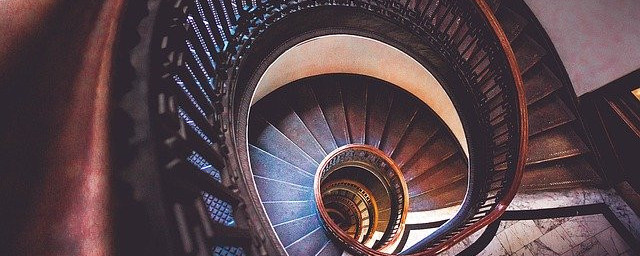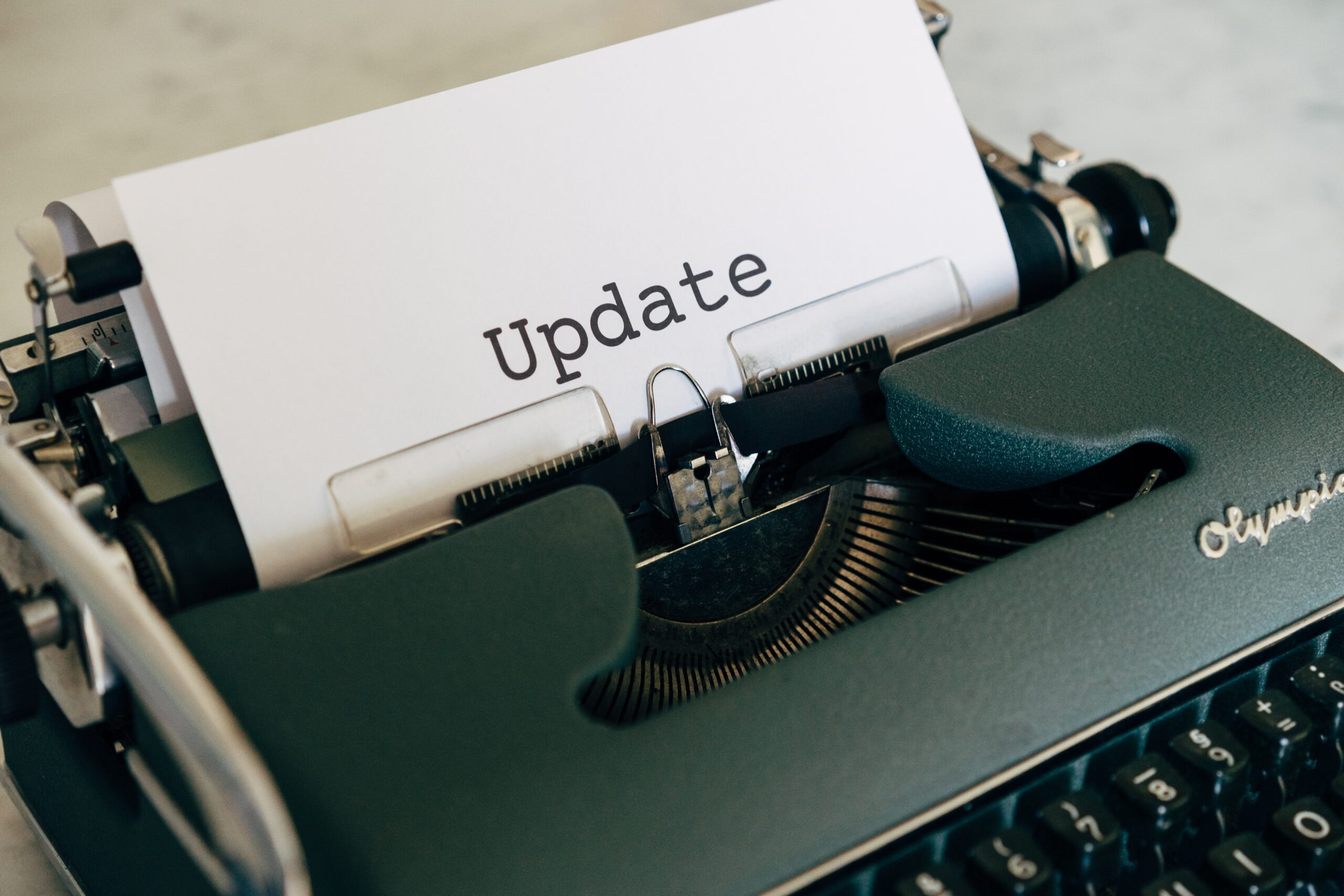
The curve tool can seem a bit daunting at first, it’s one of the last things that I learnt to use on the Procreate app and it really helped me in quickly adjusting my colours and images. In this post, I will try to explain how the adjustment curve tool works the way I understand it. It took me a while and some searching before I finally understood how to use it, so I hope this post will save you some time, confusion and agony.
Appearance
First, let’s get to know the interface. Go to Adjustments -> curves to open the interface.

You will see a colourful histogram in a gridded box with a line across the bottom left and top right of the box. To the right of the grided box, you will see 4 different colour channels: Gamma, Red, Green and Blue.
After you’ve made changes to your image, to go from preview mode back to the original, simply tap and hold anywhere on the canvas till the image turns back to its original state, once you let your finger go, it goes back to the preview mode.
To redo your changes simply press redo or tap with 2 fingers. Once you are happy with your changes, simply go out of the curves interface by taping on any other tools.
Try out the 30 Days Free Trial! The digital painting software for illustration, comics and animation!
Understanding the curves tool
Let’s now try to understand the histogram. It shows how many pixels there are for each main colour from dark to light areas of the image (left to right of the histogram box).
in the example below, we can see that green peeks in the middle, meaning that there is a lot of green in the mid-tones of the image.

Since we are using the RGB system here, we know that all the colours on the screen are made from a combination of different levels of red, green and blue, and also that red + blue = magenta, red + green = yellow, blue + green = cyan, all 3 of them form white. Which you can see in the example above, where the colour red and blue overlap, it turns magenta; Where all 3 colours overlap, it turns white.
There are 4 different channels available: gamma, red, green and blue. Each channel adjusts different coloured pixels. The gamma channels adjust the tonal contrast of the image, the red channel adjusts the amount of red in the image, the blue channel adjusts the amount of blue in the image, and you guessed it, the green channel adjusts the amount of green in the image. I will go through how the gamma channel works first, it should then help you understand how the other coloured channels work as well.
Using the Gamma Channel
You should see a line across the histogram from the bottom left to the right. this line is where you do all the adjusting of the pixels. the bottom left node(the blue circles at the ends of the line) represents the darkest pixels in your image and the top-right node represents the lightest pixels in your image.
Moving the top-right node down
This means you are making the brightest areas of the image darker, thus making the image darker.

Moving the bottom-left node up
This means you are making the darkest areas of the image lighter, thus making the image lighter
Moving the top-right node left
This means you are making the darker areas to the left of the histogram the lightest area, thus making the image lighter (also increase contrast).

moving the bottom left node right
This means you are making the lighter areas to the right of the histogram the darkest area, thus making the image darker (also more contrast).

The above is just how I understand the curves tool work, if it’s too confusing for you, below are some shorter explanations for you.
in simpler terms for the gamma channel
- moving a node down increases darkness
- moving a node up increases lightness
- moving a node left increases contrast
- moving a node right decreases contrast
In simpler terms for the coloured channels (for example here: the red channel)
- moving a node down means less red
- moving a node up means more red
- moving a node left means more contrast and more red
- moving a node right means less contrast and less red
Adding more nodes
The fun starts when you add in more nodes, this will give you more control in your adjustments. I’ll show you some examples below to help you understand how to use multiple nodes better. To add a node simply tap on where you want it on the histogram box. Then you can drag it around and experiment with the curves. To delete a node, tap on the node and the delete option will show up.
Darken only the darker areas
As you can see in the graph, I made the 2nd node from the left lower, which means the dark areas will be darker, then with 3 nodes to the right, I kept the line straight so there are minimal changes in the lighter areas.

lighten only the light areas
The same concept as before, the line for darker areas are left straight and for lighter areas the node is raised higher to create the curve.

Darken the darks and lighten the lights
Darkening the darks by creating a downward curve at the dark areas and an upward curve at the light areas. This results in more contrast.

The same goes with adjustments in the colour channel.
Making the green areas greener and lighter
From the graph, you can see that the green area peaks around the middle, meaning that’s where we should make our changes if we want to make changes to the green. I added 3 more nodes between the 2 initial nodes, so there are 5 nodes in total in the example. The 2 on the left and 2 on the right are to help maintain a straight line so there won’t be too many changes to other areas of the image. Then with the node in the middle, I moved it up to make the green areas greener and a little lighter. If I move the curves down, the image will be less green and more magenta, the opposite of green. The opposite of red is cyan and the opposite of blue is yellow. (As seen on a colour wheel)

I hope my explanation has helped you in understanding the adjustment tone curve tool in the Procreate app better. It can be confusing at the start but the best way to learn is to start experimenting with it yourself. There can be different ways for you to manipulate the curves tool to achieve your desired effects. There are not many tutorials on the procreate tone curve tool but there are many on the curve tool in photoshop, they are pretty similar so you can have a look at them too.
These artist gloves for digital painting are a must for me when I paint on the iPad, when I don’t wear the gloves, sometimes the Procreate app sense my palm resting on the screen as 2 fingers tapping and holding and start undoing! Or sometimes it starts colour picking. I’ve tried the different palm support options but I still get the problem sometimes. If you’re having these kinds of problems as well, the gloves may be your solution too!
Don’t have an Ipad or prefer using your laptop for digital drawing?
Try out the Clip Studio Paint 30 days free trial!
It is the app for artists, designed for drawing & painting. Open the door to creativity without limits, with specialized features for illustration, comics, manga, webtoons, concept art, design, and animation built-in.
It is the main software that I use for my digital drawings. It is a cheaper(one-time payment!) alternative to Photoshop.
I hope you’ve enjoyed reading this post and has found it useful. If you purchase anything through the affiliate links that I’ve provided, I’ll get a small amount of commission (at no extra cost to you!) which helps me continue writing art-related blog posts and tutorials like this one.
You may also be interested in:
- Procreate 4.3 Tutorial — Blending Modes Briefly Explained
- Procreate 5 Tutorial – New Features and Updates
- Procreate 4.2 Tutorial – Adjustment Tools
Support me on Ko-fi! Your donations and support mean a lot to me and it helps me keep doing what I’m doing!
Like my artworks? You can get them in prints, stickers or badges form on my Etsy shop!
Follow me on Instagram to see more of my art!






